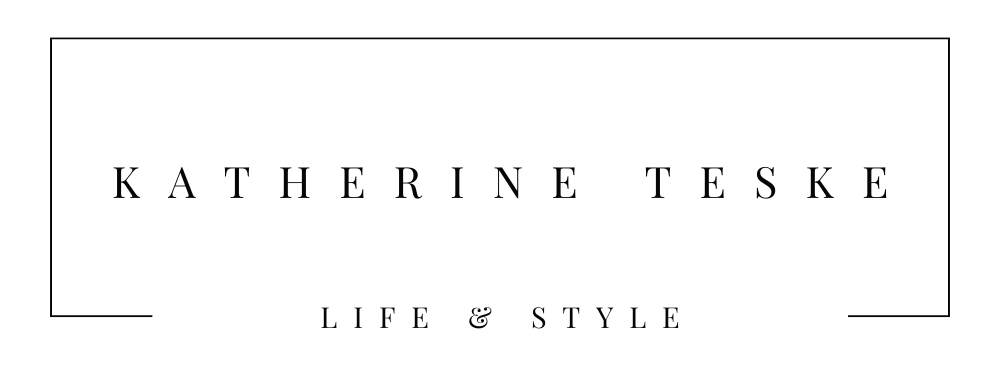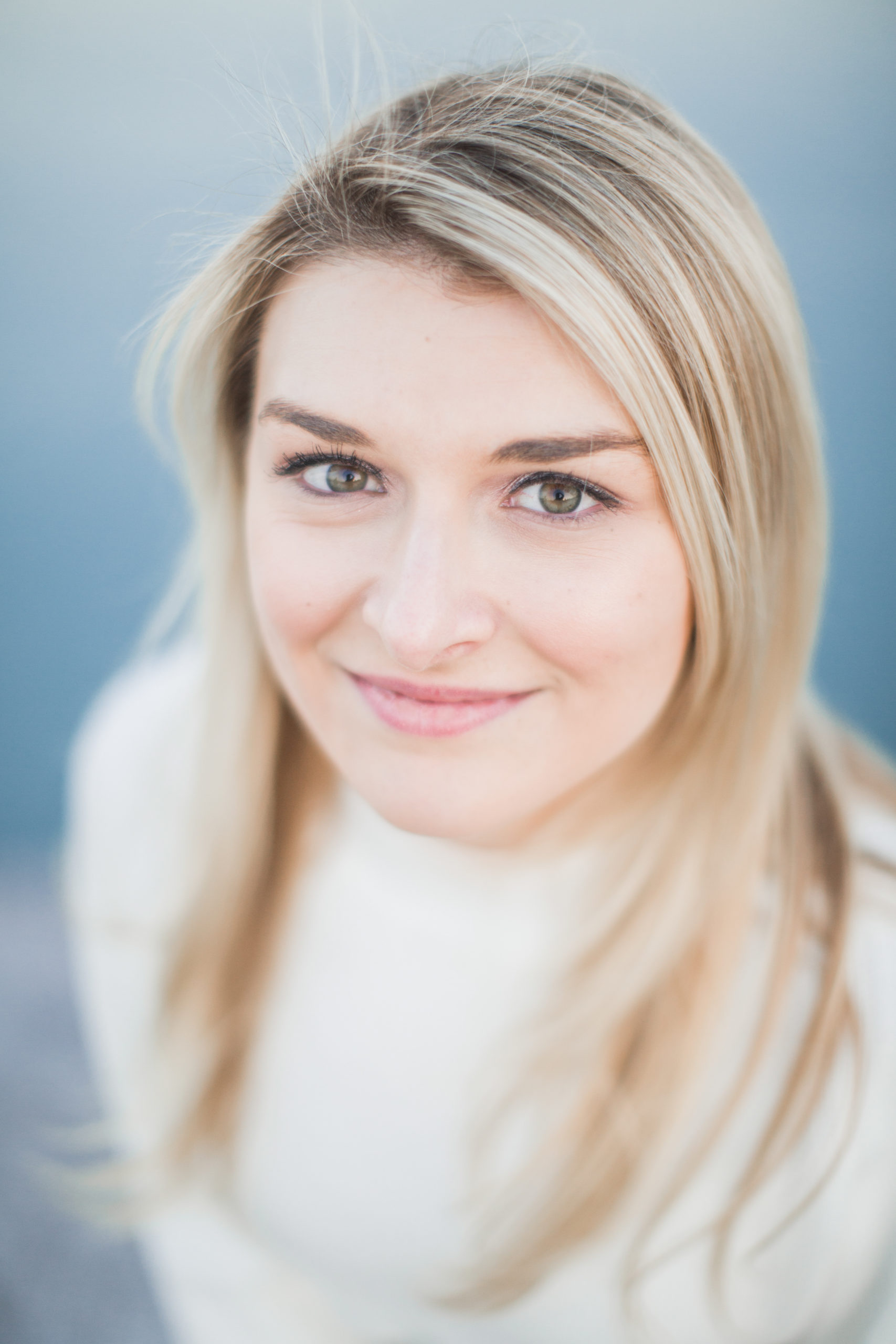Last week, I put away my breast pump for the last time. And I cried.
My breastfeeding journey was anything but smooth: 10 weeks of almost-exclusive pumping mixed with a handful of guilt-tinged nursing sessions, topped off with formula. Sounds messy, right? It was. Blood, sweat and tears isn’t even an exaggeration – it was reality. But like childbirth itself, I told myself that I had to power through. That it was better for Nolan. That it was what everyone said I had to do. But what about what I wanted to do? In a society where the “breast is best” message rings louder than ever, honoring anything but didn’t feel like an option.
Let me preface my story by saying, like all things related to motherhood, every journey is different. What works – or doesn’t work – for you may be the complete opposite for another mom. And that’s ok! My hope is that by sharing our stories, we can create an inclusive dialogue that demystifies the “hush hush” topics we google in the dark. This is one of them.
Back to the top. My experience with breastfeeding started off on shaky ground. Postpartum complications had me depleted in more ways than one. But that didn’t matter. All the nursing staff needed to know was that my records showed I intended to give breastfeeding a try upon my baby’s arrival. Perhaps had I known that I’d be recovering from a severe hemorrhage and blood transfusion within hours of delivery, I may have re-evaluated, but I wasn’t given the chance.
And so began round-the-clock nursing from the moment my hungry newborn made his big debut. I nursed through the transfusion. I nursed through emergency blood pressure checks as my numbers rose, and fell, and rose again. I nursed through horrendous night sweats. And then we were discharged and wished the best of luck.
Once we got home, my body was screaming for sleep. My husband insisted that I rest through the night feeding while he gave Nolan formula. I wish I could say I slept through that feeding. Instead, I laid in bed awake, flooded with guilt that I wasn’t nourishing my child. I felt like a bad mom, and this was only Night 1.
In retrospect, what happened next may have been the most defining moment of my breastfeeding journey’s fate. I got up, determined to be present to care for this new life that was now solely in our hands. I had ringing in my ears, occasional blurry vision and felt generally very weak, but the only place that gave me peace was the nursery, where I rocked Nolan to sleep to the faint sound of the early morning commuter trains in the distance. Fast forward several hours and I was re-admitted to labor and delivery for severe high blood pressure.
My re-entry to the hospital did not bode well for nursing. I was separated from my barely 3-day-old baby. My milk hadn’t come in yet. And yet, amidst the constant monitoring, the medical staff seemed almost more concerned with my breastfeeding situation than my blood pressure issues. The moment I got situated in my hospital bed, in came a giant breast pump on wheels. The nurse patiently introduced me to this intimidating machine, which I was instructed to use every 2-3 hours through my hospital stay. She laid out a myriad of vials and containers that I was to fill, label, refrigerate and eventually, take home for Nolan. I followed instructions and felt guilty for resenting the minute when the clock read “pumping time,” over and over again.
Some would say my dedication paid off. I returned home with a collection of colostrum (aka the antibody-rich “liquid gold” that precedes milk), and my milk had come in. But what should have been a time of rest in the hospital had felt like another intense mission. Sleep they said. And yet I hadn’t been able to go more than 2 hours and 59 minutes before waking for another pumping session. Their message was contradictory and confusing.
As I settled back home, I re-attempted nursing as I had done a few days prior. My little guy didn’t show even a trace sign of what I had been warned of – nipple confusion (difficulty nursing after feeding from the bottle) – and his latch remained what two lactation consultants had deemed beautiful. And yet, the moment he latched, my body screamed “nooooo!” My body craved rest in a way I had never experienced before. It craved a moment to itself. A moment to process the intense trauma it had just sustained. And yet, I felt too guilty to honor any of those feelings.
The weeks that followed were an overwhelming, sleep-deprived and emotional fog. Nursing sessions were lasting over an hour, a mix of frantic (and often painful) pulls at my body and sleepy lulls, only to be met with my son’s cries for more just 30 minutes later. I was sore, cracked, and engorged – all par for the course, as I was unsympathetically told by many a medical practitioner. In hopes of taking back some control over this feeding frenzy, I moved to exclusively pumping. While being tethered to a breast pump for 30 minutes at a time, 6-8 times a day, was hardly freeing, it was somehow easier for me mentally. Perhaps knowing that I could push the “off” button subconsciously calmed me. And yet, coordinating when I would pump while caring for a newborn was an awkward dance that I never quite mastered the steps to.
In a last-ditch effort to make pumping easier, I invested a hefty $500 of my HSA savings into the supposedly revolutionary Willow. The hands-free, wearable contraption looks as if Apple made a breast pump, and touts that you can “pump anywhere, in any position.” From first-hand experience, I can tell you this is not true. I could barely lift Nolan from the crib without painfully displacing the pump, let alone get in a “downward dog” yoga position as its website notes. The lowest suction setting had me blistered and in more pain than those initial days of nursing. I broke up with the Willow after it introduced me to my first case of mastitis (it’s an infection of the breast tissue – don’t google it).
Defeated and at my wits end, I was back to juggling this breastfeeding game with my trusty Spectra pump and occasional nursing sessions when the thought of washing another bottle or pump part was just too much. Unknowingly still damaged from the Willow, Nolan’s nursing only made it harder to heal, leading to yet another and more severe case of mastitis a week later – just in time for his baptism. With family in town and staying in my home, I dealt with the unpleasant symptoms of fever, chills, extremely painful inflammation and blockage, all behind the closed-door confines of my bedroom. That’s when I made the executive decision that I’d be weaning once the infection cleared and the antibiotics had run their course.
Three weeks later, I can tell you that weaning was the absolute best decision for my mental health. And it was not a decision I took lightly. Breastfeeding is a beautiful, natural thing and has countless benefits, from the transfer of mom’s antibodies to decreased risk of SIDS. I’m proud to have given my son those benefits for the first 10 weeks of his life, and commend moms who are able to do the same for any period of time. But for me, it was time for a change.
The journey to nourishing and caring for my son has hardly ended – it’s only just begun, with a slight fork in the road. While some may say I’ve forgone the ability to bond with him during a feeding, our bond has only deepened, as he locks eyes with mine until the last drop of milk is gone. It’s in these intimate moments, his bright blue gaze met with my amazed stare, when all self-doubt melts away and I’m filled with pure and total bliss. It’s a feeling I wasn’t able to fully comprehend until now. And that makes every step of my journey leading up to this point worth it.
I’ll end with this. I’m a firm believer that “fed is best,” whatever that means for you. If you’re exclusively nursing, pumping, formula feeding, or some combination of the above, more power to you. You’re nourishing your child in the way that best works for you, and that in itself is commendable.













